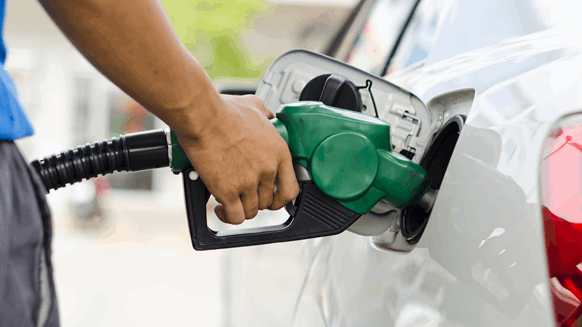The consumer price index for all urban consumers (CPI-U) rose 0.6 percent in August on a seasonally adjusted basis, after rising 0.2 percent in July. reported the US Bureau of Labor Statistics (BLS) in a statement posted on its website this week. , adding that over the past 12 months, the all-items index rose 3.7 percent before seasonal adjustment.
“The gasoline index was the largest contributor to the monthly increase for all items, accounting for more than half of the increase,” the BLS stated in the statement.
“Also contributing to the monthly increase in August was the continuous advance of the housing index, which increased for the 40th consecutive month. The energy index rose 5.6 percent in August as all major energy component indices rose,” he added.
“The index for all items except food and energy rose 0.3% in August, following a 0.2% increase in July,” it continued.
In the release, the BLS noted that the index for all items except food and energy rose 4.3 percent over the past 12 months.
“The energy index decreased by 3.6 percent in the 12 months to August, and the food index increased by 4.3 percent over the past year,” the statement said .
A Council of Economic Advisers (CEA) blog published on the White House website this week noted that “headline consumer price index inflation was 0.6% in August and 3 .7% over the past year”, adding that “the main factor behind the jump was the increase in the price of retail gasoline in August”.
“This price rose 10.6 percent during the month, with gasoline contributing 34 basis points to the overall monthly CPI, or just over half the 0.6 percent rate (during last year, the price of gasoline has dropped by 3.3 percent)”. pointed to the block.
In a statement on the August consumer price index posted on the White House website, US President Joe Biden said the report provides further evidence that core inflation is trending up down toward pre-pandemic levels at a time when employment remains strong.
“Unemployment has remained below four percent for 19 consecutive months, the share of working-age Americans with jobs is the highest in 20 years, and real wages are higher now than before pandemic,” Biden added in the statement.
“Overall inflation has also fallen substantially over the past year, but I know that the increase in gas prices last month affected family budgets. That’s why I remain focused on reducing energy costs, including investing in clean energy to strengthen our energy security,” he said.
As of Sept. 15, the average price of regular gasoline in the U.S. was $3.866 per gallon, according to the AAA Gas Prices website. Yesterday’s average price was $3.858 per gallon, last week’s average was $3.808 per gallon, last month’s average was $3.862 per gallon, and last year’s average stood at $3.698 per gallon, the AAA Gas Prices site showed.
The latest fuel update from the US Energy Information Administration (EIA) shows US regular gasoline prices were $3.813 per gallon on August 28, $3.807 per gallon on September 4 and $3.822 per gallon on 9/11. Prices have increased by $0.132 per year, according to the update. outlined
According to the EIA’s latest Short-Term Energy Outlook (STEO), the organization sees U.S. retail gasoline prices averaging $3.60 per gallon in 2023 and $3.52 per gallon in 2024.
The EIA expects retail gasoline prices to average $3.75 per gallon in the third quarter, $3.69 per gallon in the fourth quarter, $3.54 per gallon in the first quarter of next year, 3 .64 per gallon in the second quarter of 2024, $3.56 per gallon in the second quarter of 2024. third quarter and $3.34 per gallon in the fourth quarter, the STEO showed.
US retail gasoline prices averaged $3.97 per gallon in 2022, according to the September STEO.
“We lowered our US gasoline consumption forecast because the US Census Bureau revised its population estimates for the US to include fewer working-age people and more retirement-age people, who tend to to drive less,” the EIA noted in its latest STEO.
“The revised population estimates have also resulted in a downward revision of our forecast for vehicle miles traveled (VMT), which directly affects engine gasoline consumption,” he added.
“We forecast US gasoline consumption to average 8.9 million barrels per day in 2023 and 8.7 million barrels per day in 2024. Our 2024 forecast is 0.2 million barrels lower per day over our August STEO,” the EIA continued.
To contact the author, please send an email andreas.exarcheas@rigzone.com


